MORE GREAT TITLES
FROM THE NATIONAL TRUST
tap to read more
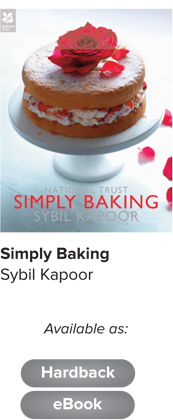

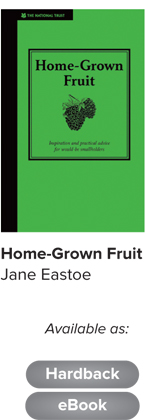
 www.anovabooks.com
www.anovabooks.com

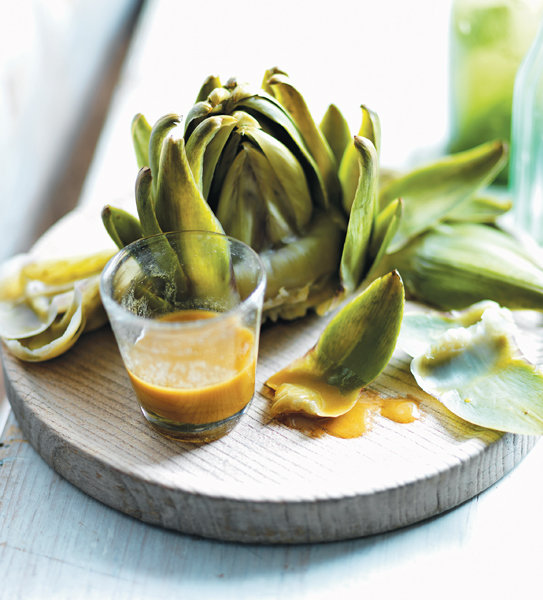
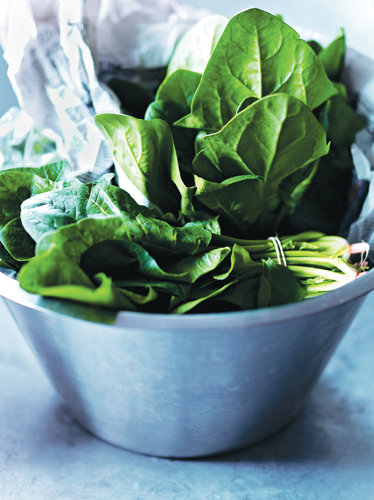

First published in the United Kingdom in Hardback and eBook
edition in 2013 by
National Trust Books
10 Southcombe Street
London W14 0RA
An imprint of Anova Books Ltd
Text and recipes Sybil Kapoor, 2013
Copyright National Trust Books, 2013
The moral rights of the author have been asserted.
All rights reserved. No part of this publication may be reproduced, stored in a retrieval system, or transmitted in any form or by any means, electronic, mechanical, photocopying, recording or otherwise, without the prior written permission of the copyright owner.
eBook ISBN: 9781909881051
Hardback ISBN: 9781907892622
Senior Commissioning Editor: Cathy Gosling
Project Editor: Lucy Smith
Copy Editor: Heather Thomas
Designer: Lee-May Lim
Proofreader: Katie Hewett
Photography: Karen Thomas
Photography Assistant: Laura Urschel
Food Styling: Bridget Sargeson, Jack Sargeson
Prop Styling: Cynthia Inions
This book can be ordered direct from the publisher at
www.anovabooks.com, or try your local bookshop.
Also available at National Trust shops or
www.shop.nationaltrust.org.uk.
Reasonable care has been taken to ensure the accuracy of the recipes and instructions in this book. However, any liability for inaccuracies or errors relating to the material contained within the book is expressly excluded to the fullest extent permitted by law.
You may not always achieve the desired results. Oven temperatures vary between different appliances and different equipment may affect the desired outcome. Neither the National Trust, National Trust (Enterprises) Ltd nor Anova Books Ltd accept any responsibility or liability for the end results of the recipes featured in this book.
Warning: recipes containing raw eggs are unsuitable for pregnant women or young children.
For Raju, with love

Author Sybil Kapoor
CONTENTS
INTRODUCTION
As you might guess from the title, this is a book about vegetables. Ive written it as a labour of love for both omnivores and vegetarians, who, like me, are fascinated by the incredible array of vegetables that we have at our disposal in Britain throughout the year.
It is a book that can be used on three levels. First and foremost, it is designed to be a source of delicious vegetable recipes that you can dip into whenever youre seeking inspiration. Ive divided the book into the four seasons and organised the vegetables in such a way that they appear in their peak season, when theyre at their best and cheapest. Thus, cauliflowers are in the autumn section, although you can buy British-grown ones throughout much of the year.
Within each season, the vegetables are organised roughly in order of their appearance. Spring, for example, which officially runs from March to May, begins with purple sprouting broccoli and ends with the arrival of the first Jersey Royal new potatoes. At the end of each vegetable section, youll find a list of recipes that use the vegetable elsewhere in the book. You will also find a seasonal chart .
Secondly, The Great British Vegetable Cookbook can be read as an unusual manual to develop your cooking skills. I wanted to give further insight into how best to enhance your chosen vegetable. Each vegetable section includes practical tips and culinary suggestions, but if you turn to the seasonal introductions you will find all sorts of thought-provoking ideas that may influence how you cook. Many of them lie at the heart of my philosophy of cooking and are not commonly discussed in cookbooks. In the introduction to spring, for example, I explore the power of suggestion, discuss how to make vegetables more attractive and appetising to people who dislike them, and look at sources of inspiration when trying to create a spring dish. My aim, as always, is to stimulate both thought and pleasure.
Lastly, but equally importantly, the book is an informal guide, which can lead you into sourcing interesting and sustainably grown British vegetables. The National Trust is heavily involved in this area with their own restaurants, kitchen gardens, farms and a myriad of different community projects, all designed to enhance the many special places it cares for. These range from farming the now-rare Formby asparagus near Liverpool to developing allotments for urban areas, such as Minnowburn community allotments in South Belfast.
Ive worked closely with the National Trust to highlight some of the different ways in which you can access home-grown produce, from farmers markets and sourcing heritage seeds, to school plots, family allotments and community-supported agriculture schemes. I suggest a different way of sourcing vegetables in each of the seasonal introductions. Ive only scratched the surface by mentioning a few of the many exciting projects the National Trust is undertaking, but I hope that it will inspire you to investigate further in your local area.
As always with cooking, inspiration can come in many forms. For me, having grown up in the country, rambling old vegetable gardens are still a great source of culinary ideas. Just wandering around the lovely eighteenth-century kitchen garden at Attingham Park in Shropshire, for example, sets my mind humming. What might I do with the old-fashioned purple carrots theyve set out for sale? Stepping into their pretty, restored 1922 greenhouse, there are crystal apple cucumbers and Hungarian hot wax peppers to tempt me perhaps they are also for sale?
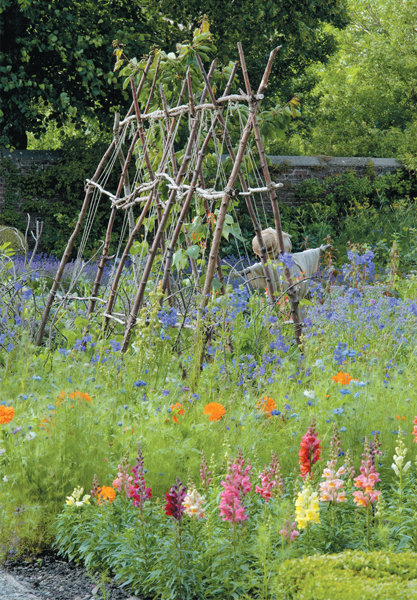
The kitchen garden at Wordsworth House, Cumbria, in July.
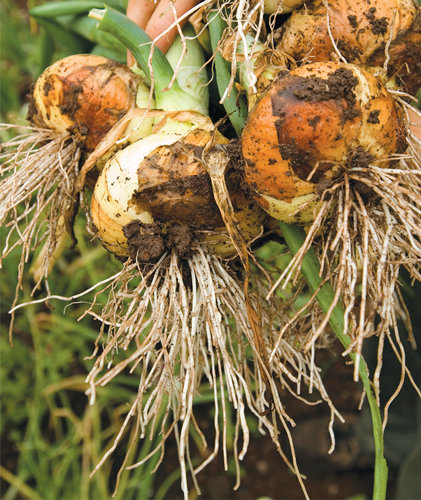
Onions dug from the kitchen garden at Knightshayes Court, Devon.
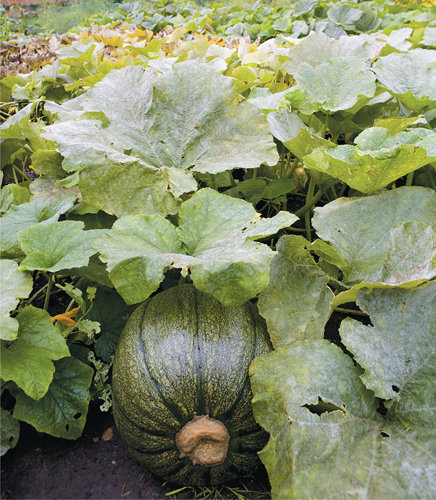
Squash growing in the walled kitchen garden at Clumber Park, Nottinghamshire.
Cooking with lots of seasonal vegetables has always represented an ideal way of life in Britain. Deep within our national psyche, consuming vegetables symbolises an almost spiritual sense of oneness with the natural world. Its as though every time you buy a floppy lettuce from your local farmers market for salad, or pull up some leeks from your garden for a pie, youre working in harmony with your surroundings. Eating British vegetables is imbued with positive values, ranging from good health to thriftiness its like taking a bite of positivity every time you munch a radish!
Next page
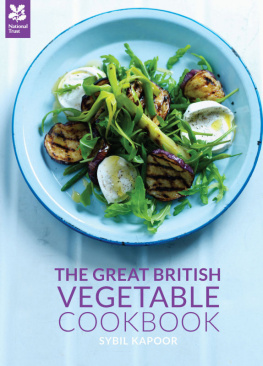
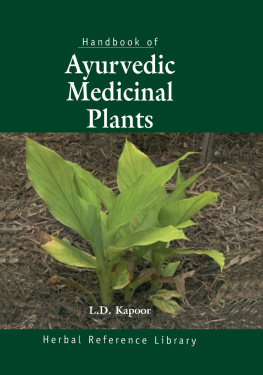


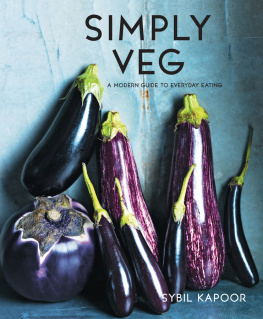

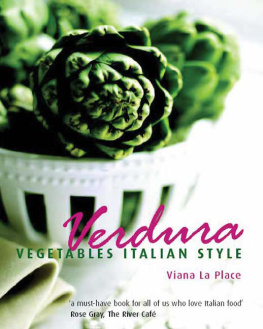
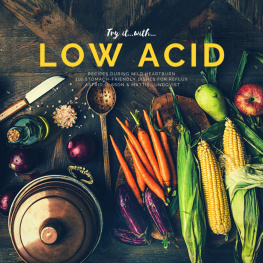
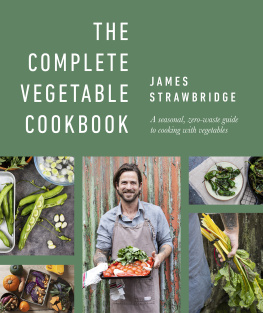
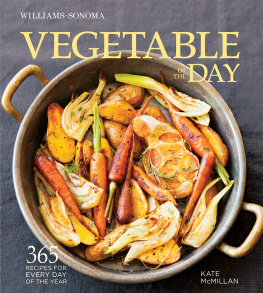

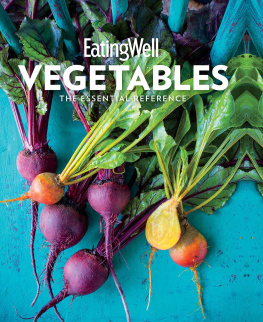




 www.anovabooks.com
www.anovabooks.com






